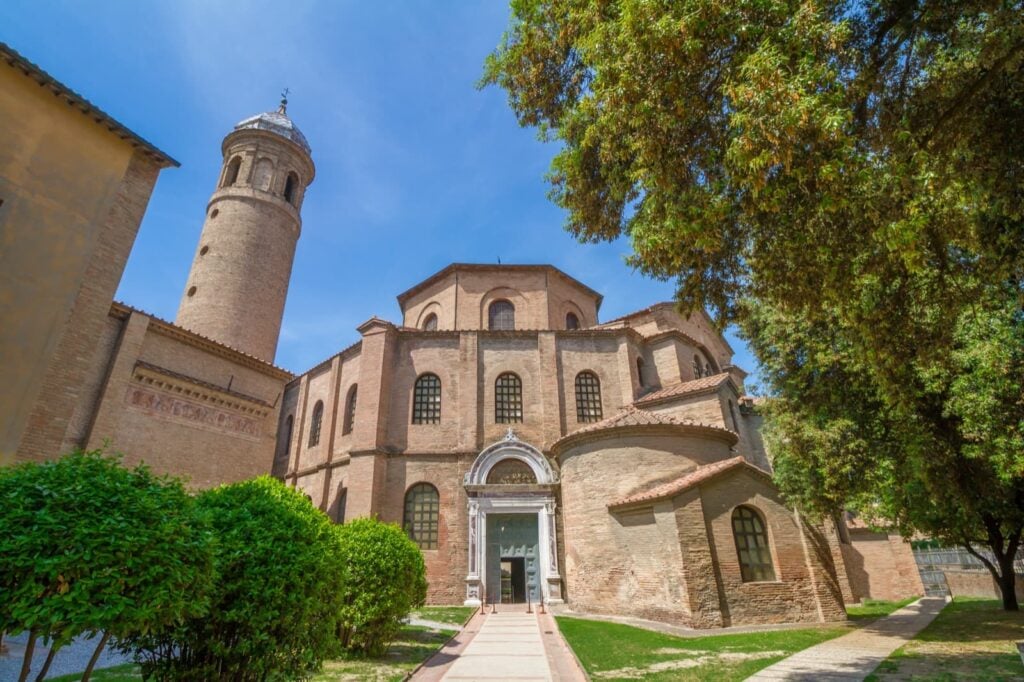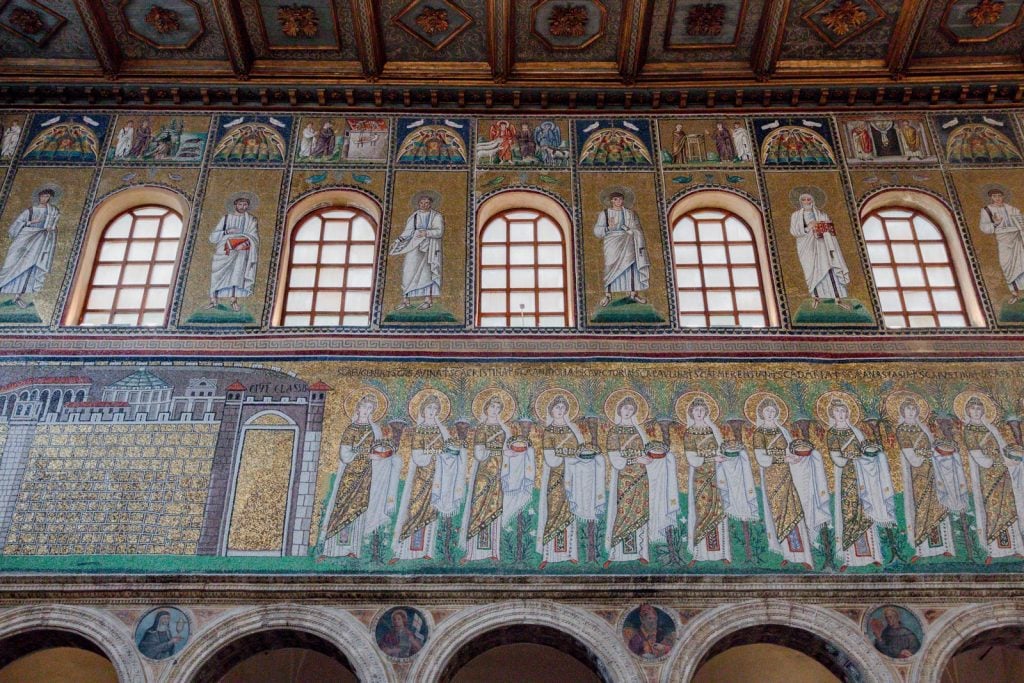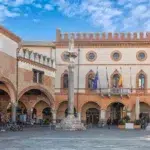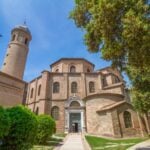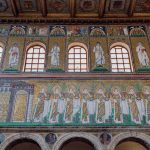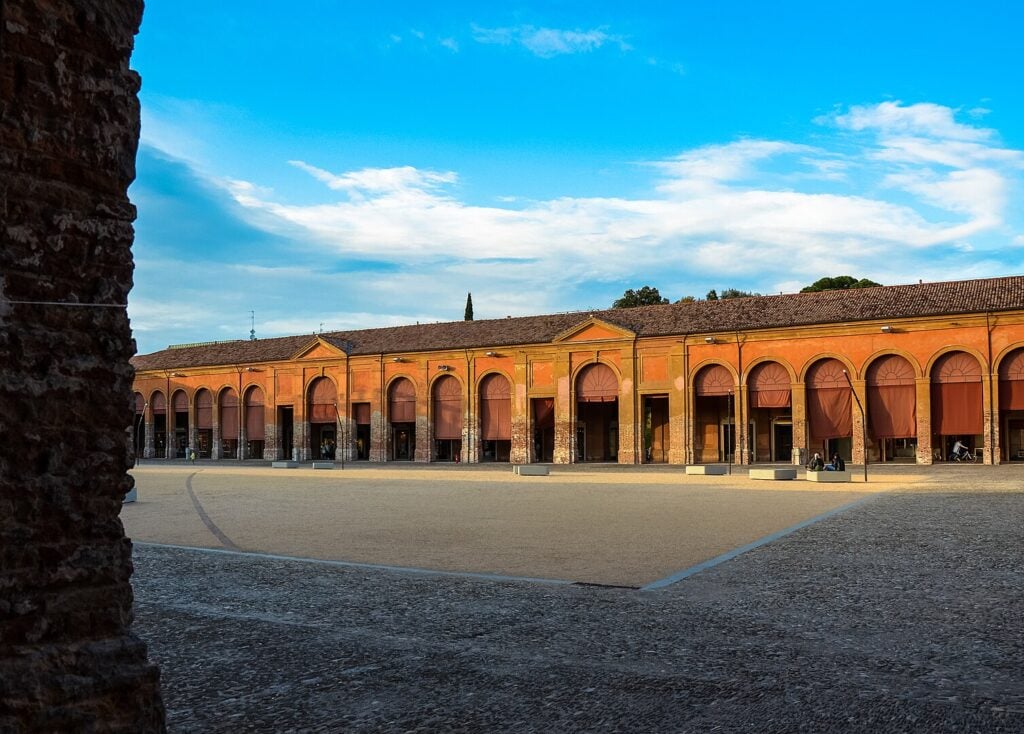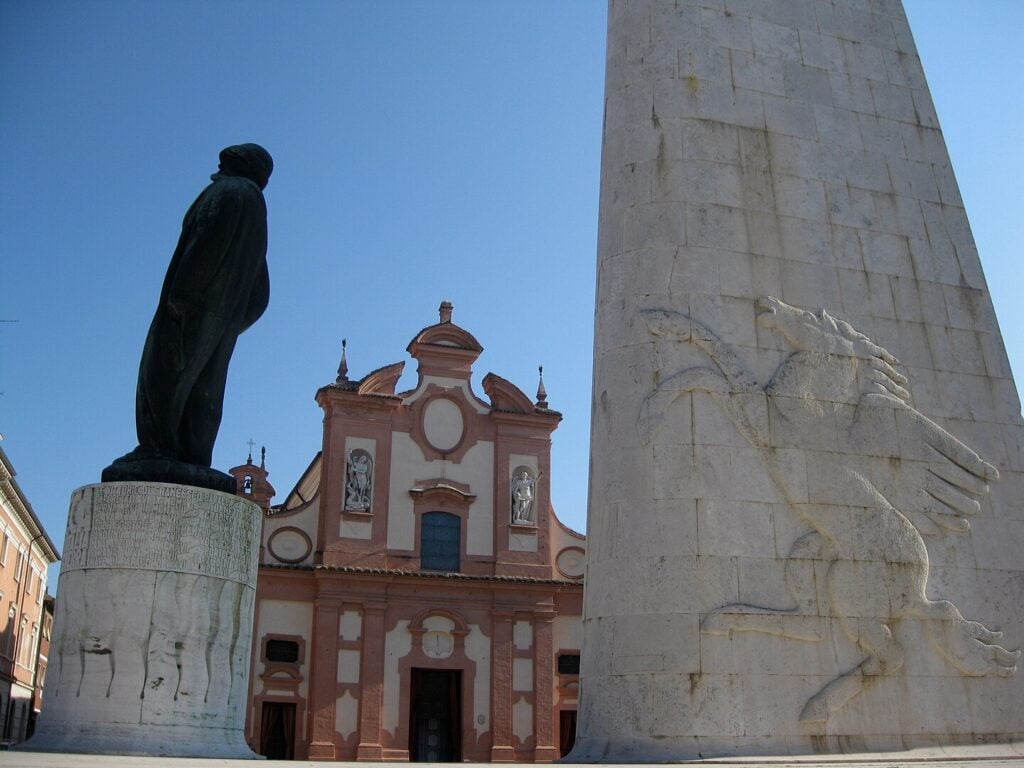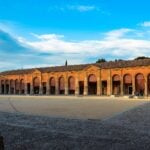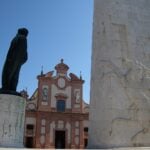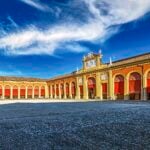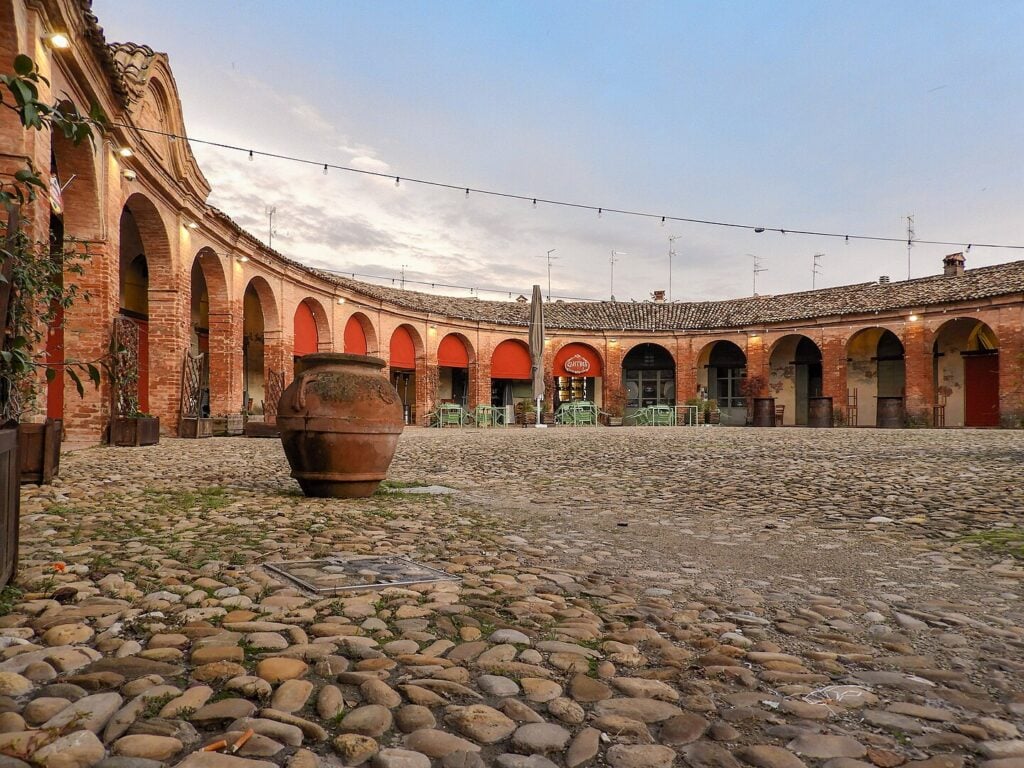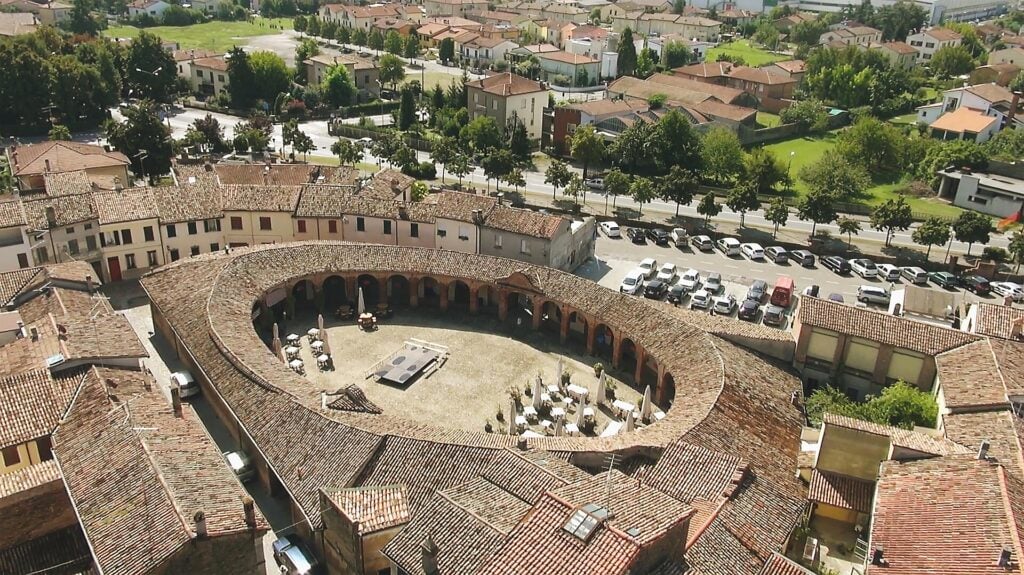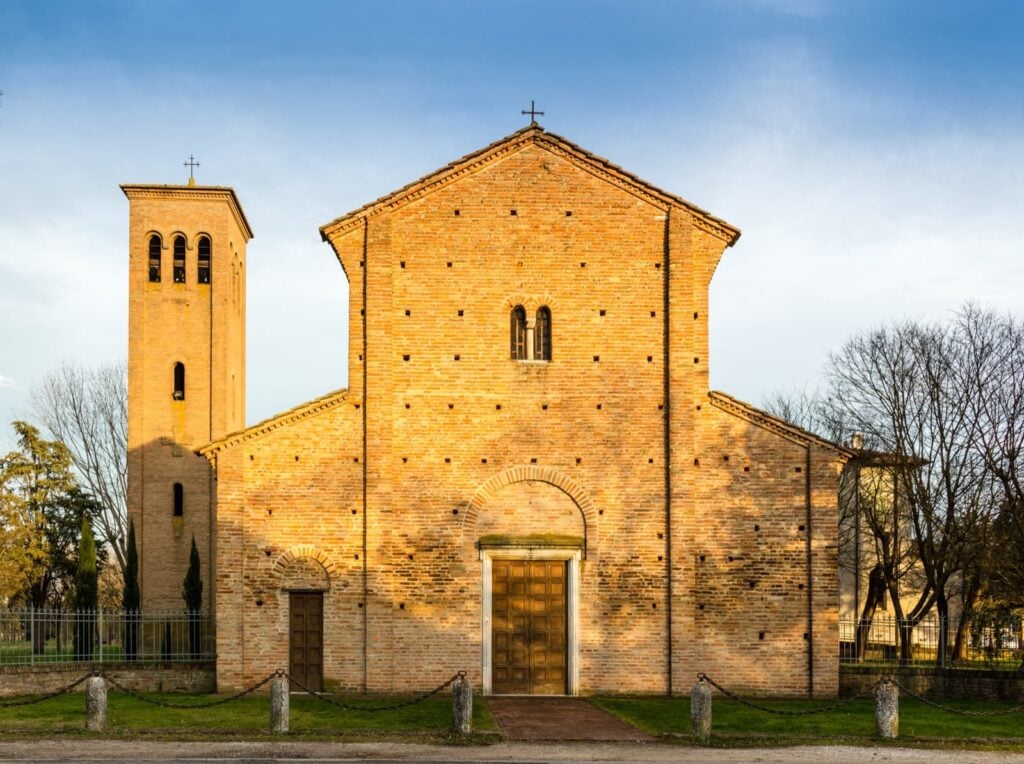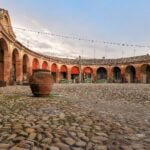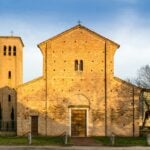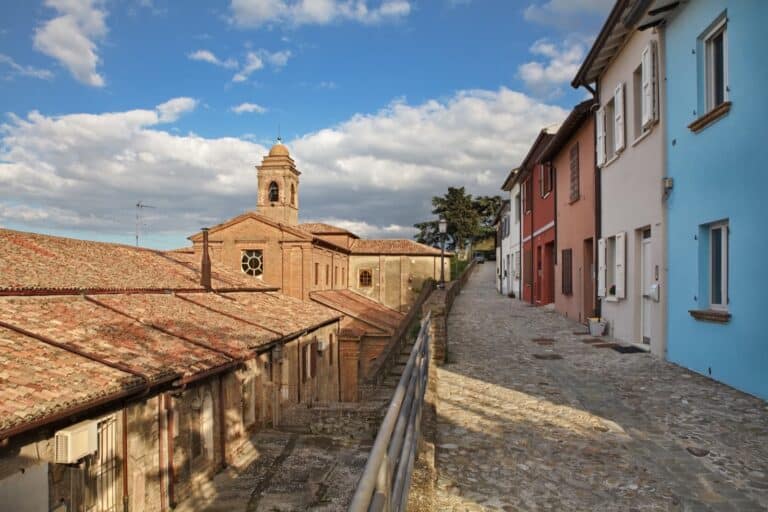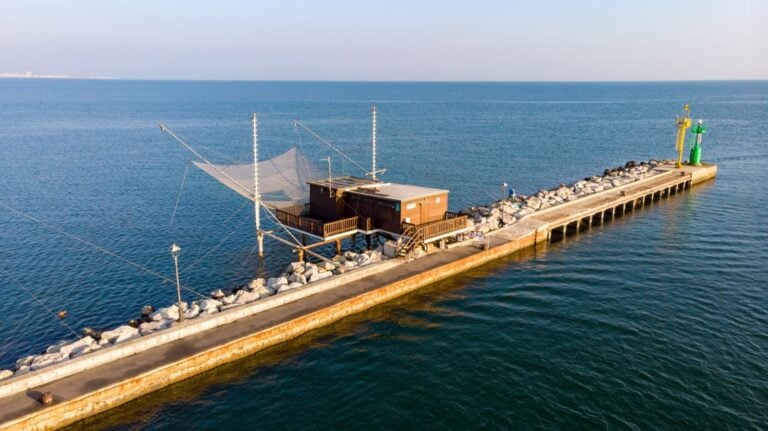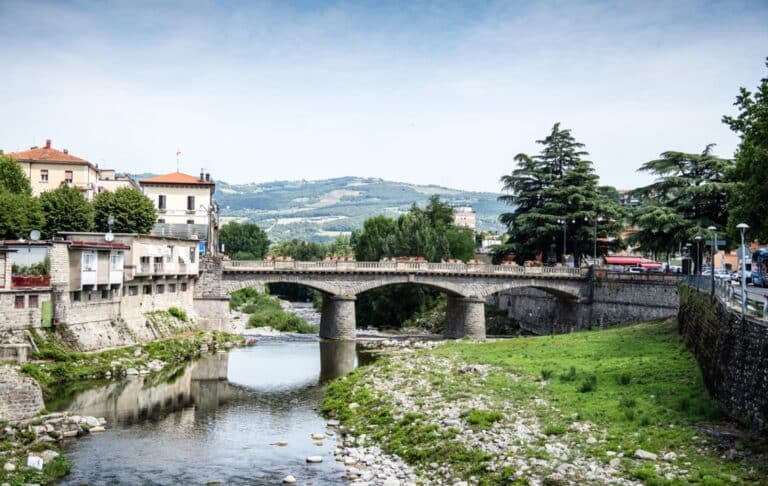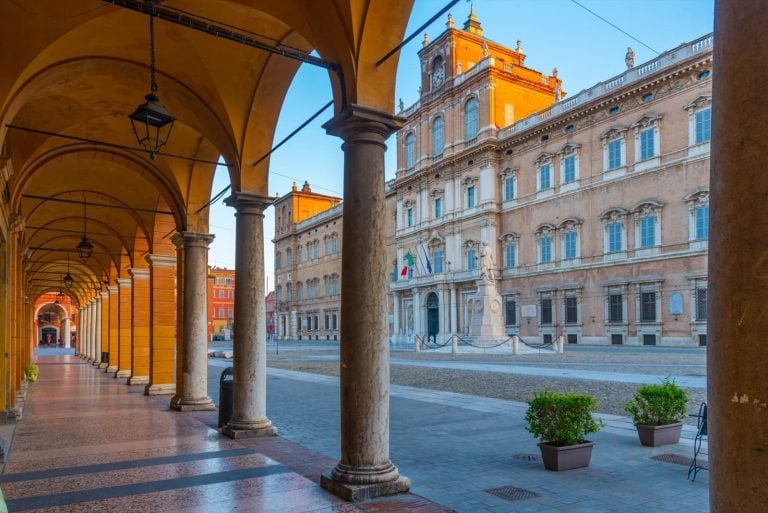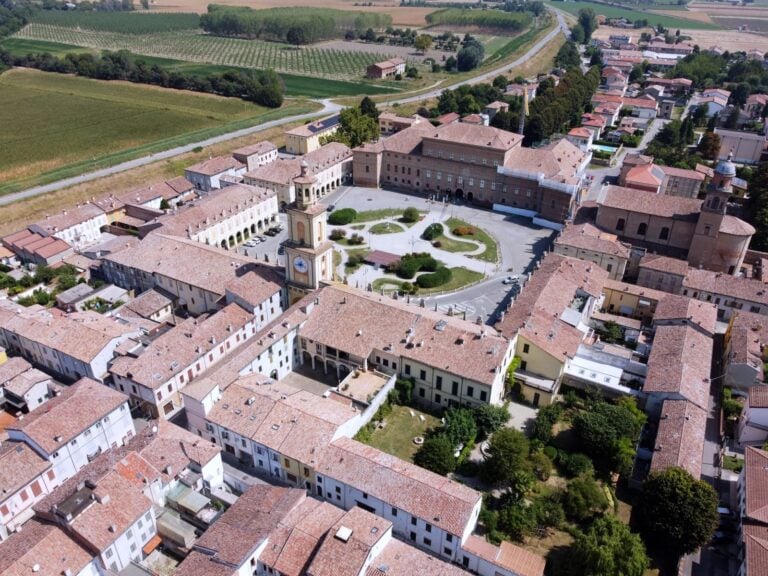
Time
48 h
The most authentic Romagna should be discovered slowly, travelling on Trenitalia Tper regional trains, among welcoming historic centres, lively squares and rural landscapes that tell stories of communities and traditions.
This itinerary through art, identity and landscape starts from Ravenna, the capital of mosaics, and leads to the heart of Bassa Romagna, with two stops in Lugo and Bagnacavallo: an ideal trip for those seeking culture, beauty, sustainability and sincere hospitality.
Not to mention convenience: the stations are just a short walk from the historic centres and each stop is an opportunity to get to know the most authentic Romagna, away from the more popular destinations. For a perfect weekend, even without a car.
First stop: Ravenna, a UNESCO World Heritage Site
The route starts in Ravenna, a city of art known throughout the world above all for its Byzantine mosaics and eight UNESCO monuments.
But Ravenna is also a city on a human scale, perfect for exploring on foot. In fact, the station is only a 10-minute walk from the central Piazza del Popolo.
In addition to the Basilica of San Vitale, the Mausoleum of Galla Placidia, the Neonian Baptistery and the Basilica of Sant’Apollinare Nuovo, a stroll through the pedestrianised historic centre, with its markets, shops and piadina restaurants, is a must.
Also not to be missed is the tomb of Dante Alighieri and a walk in the adjacent Zona del Silenzio (Zone of Silence).
If you haven’t read it yet, here is our recommended itinerary for discovering Ravenna on foot in 10 stages.
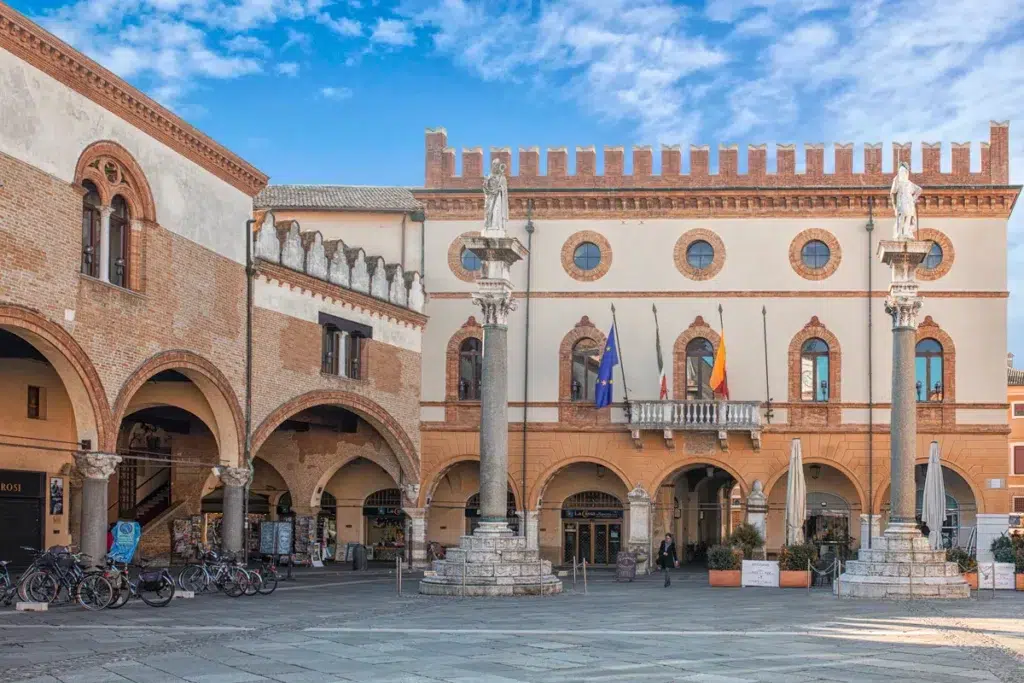
Ravenna (Ra), Palazzo Merlato (o Comunale) | Credit: RavennaTourism
Ravenna, Basilica di San Vitale Ph. illpaxphotomatic via Shutterstock
Mosaics in Basilica di Sant'Apollinare Nuovo, Ravenna | Ph. Jenoa Matthes
Second stop: Lugo, city of the Rocca and Pavaglione
In about 30 minutes by Trenitalia Tper regional train from Ravenna, you can reach Lugo, in the heart of Lower Romagna.
The Rocca Estense dominates the scene here and is still the town hall today.
Next to it is the majestic Pavaglione, an ancient commercial loggia used for the silkworm market, which is now the setting for events, exhibitions and markets.
But Lugo is also known for being the birthplace of Francesco Baracca, a hero of Italian aviation during the First World War, who is commemorated here by an imposing monument by the Faenza sculptor Domenico Rambelli and a historical museum set up in his birthplace.
Among the various memorabilia housed in the museum is the SPAD VII, a 1917 aircraft in which the pilot achieved one of his many victories. A small curiosity: on one side of the fuselage is Baracca’s personal emblem, the prancing horse, known throughout the world for having been adopted by Enzo Ferrari as the emblem of Maranello cars.
After strolling through the city centre, among porticoes and historic cafés, and visiting the Baracca Museum, it is time to treat yourself to a gastronomic break dedicated to the flavours of Romagna, before setting off for the last stop on the itinerary.
Lugo (RA), Pavaglione Ph. Summartik via WikiLovesMonuments2017 CC BY-SA 4.0
Lugo (RA), Chiesa del Suffragio dal Monumento di Baracca Ph. Sofiadiviola via WikiLovesMonuments2013 CC BY-SA 3.0
Lugo (RA), Pavaglione Ph. Vanni Lazzari via WikiLovesMonuments2022 CC BY-SA 4.0
Third stop: Bagnacavallo, a village steeped in art
From Lugo, a few minutes by regional train on Trenitalia Tper will take you to Bagnacavallo, a small village that surprises visitors with its elegance.
Its historic centre has retained its medieval structure and is distinguished by the scenic Piazza Nuova, an original oval square with porticoes, which was built in 1758 to house markets and food shops.
Other monuments not to be missed include the former Convent of the Capuchin Nuns, now home to the Civic Museum of the same name, and the Parish Church of San Pietro in Sylvis, located just outside the centre and currently one of the best-preserved parish churches in Romagna.
But strolling through Bagnacavallo also means losing yourself in search of the places that have been chosen over the years by many directors and screenwriters as sets for their films: a journey into the authentic beauty of the Bassa Romagna.
Bagnacavalo (RA), Piazza Nuova Ph. Federica.tamburini.75 via WikiLovesMonuments2020 CC BY-SA 4.0
Bagnacavalo (RA), Piazza Nuova Ph. Remo Emiliani CC BY-SA 4.0
Bagnacavallo (RA) Pieve di San Pietro in Sylvis Ph. Vivida Photo PC via shutterstock
Author
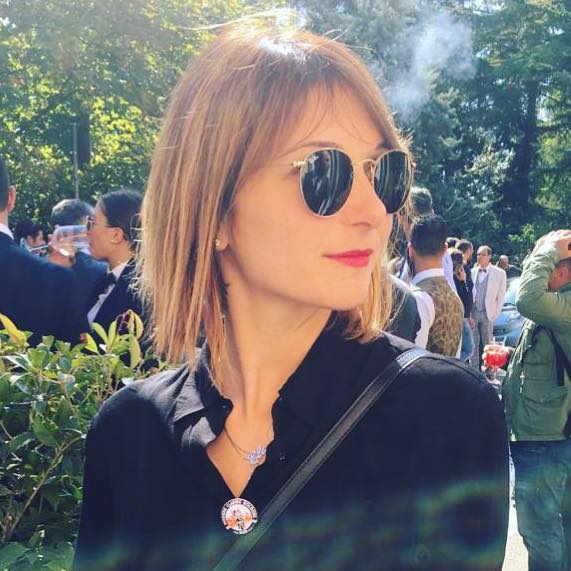
Elisa Mazzini
Social Media Manager for @inEmiliaRomagna and full-time mom.
You may also like
Seaside villages by train: a weekend along the Romagna coast
by Elisa Mazzini /// June 23, 2025

Interested in our newsletter?
Every first of the month, an email (in Italian) with selected contents and upcoming events.
By train between villages and castles
by Elisa Mazzini /// December 23, 2024
